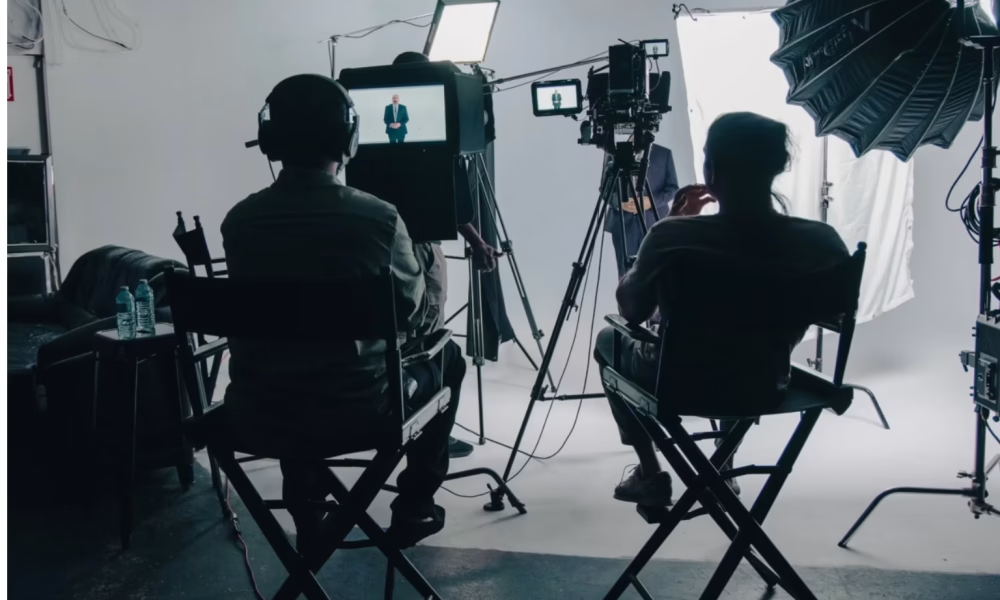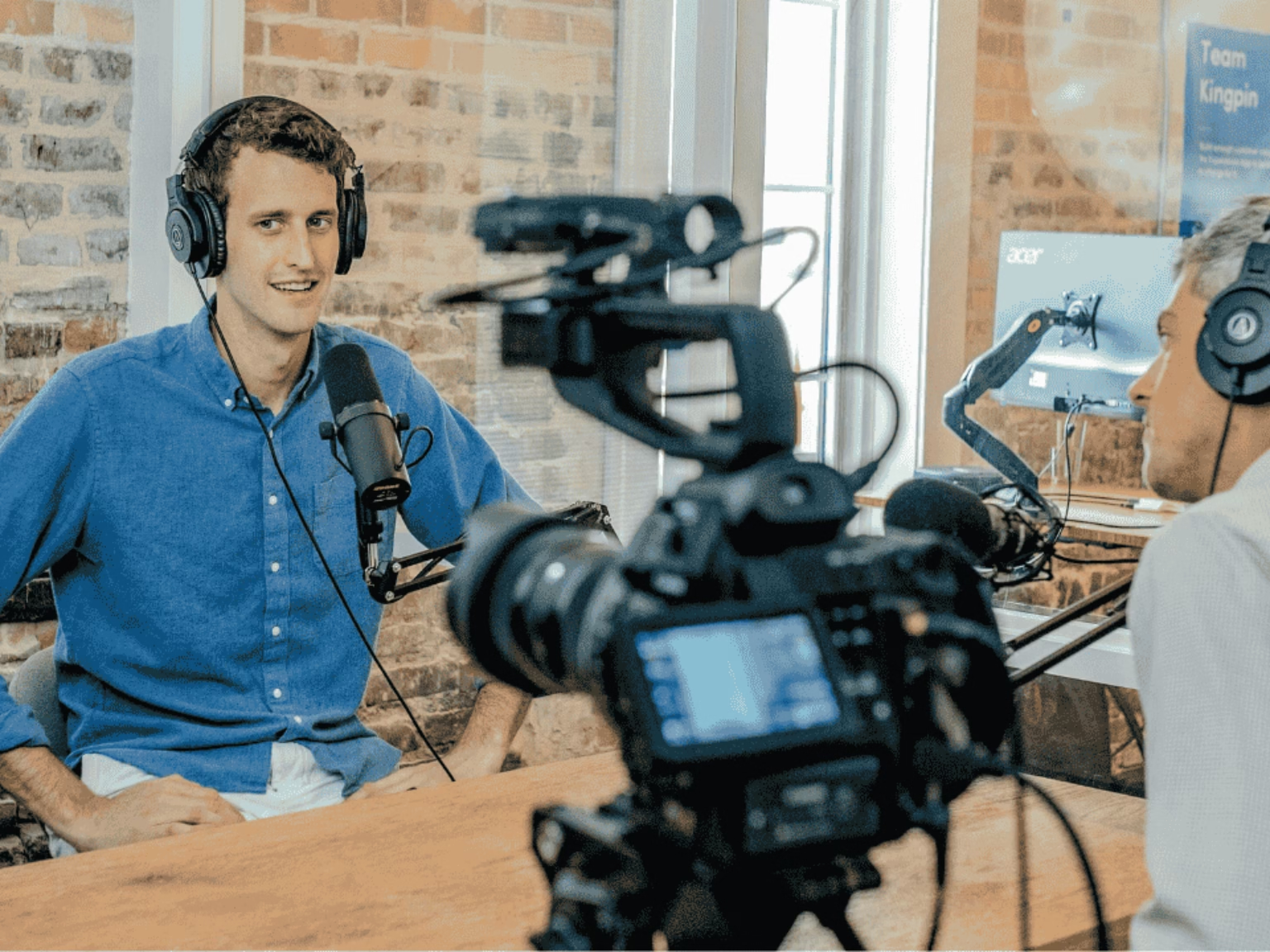The world of video production is evolving at a rapid pace, and staying ahead of these changes is crucial for creators, brands, and marketers alike. What worked two years ago might not be effective today, and if you’re still following outdated workflows, you’re likely falling behind. The digital landscape is changing quickly, content needs to be smarter, faster, and more authentic than ever before.
Whether you’re an indie creator, a brand, or a marketing agency, understanding the latest video production trends is essential to meeting audience expectations in 2025. Here’s an in-depth look at the trends that are shaping the future of video production.
1. AI Is Reshaping Video Creation (Whether You Like It or Not):
Artificial intelligence (AI) is no longer a novelty, it’s a game-changer in video production. Editing, which used to be the biggest bottleneck in the production process, is now streamlined thanks to AI tools. According to a HubSpot report, marketing teams using AI-powered video tools reduced production time by 50% without sacrificing quality.
Key AI-powered Tools:
- Runway: AI-assisted video editing and content creation
- Descript: Transcribing, editing, and cleaning up audio
- Pictory: Text-to-video generation
AI allows you to:
- Cut clips and generate captions automatically
- Clean audio and enhance sound quality
- Generate scripts using text prompts
- Produce videos quickly and efficiently
By integrating AI into workflows, video creators and production companies can produce content faster with fewer resources, reducing burnout and driving higher output. This isn’t a trend; AI in video production is now a permanent evolution.
2. Short-Form Video Is the Real MVP
If you’re still producing 2-minute intros, it’s time to rethink your approach. The growing dominance of platforms like TikTok, Instagram Reels, and YouTube Shorts has proven that short-form video is the way forward. In fact, audiences now expect value in under 30 seconds, making short-form video a critical part of corporate video production Mississauga.
How to Master Short-Form Video:
- Hook in the first 3 seconds
- Use text overlays (since many watch videos muted)
- Close with a strong call-to-action (CTA)
Pro Tip: Film long, edit short. Use the same footage to create multiple clips across different platforms, maximizing your content’s potential.
Short-form videos aren’t just for social media anymore; they’re the content. If you aren’t adopting this format, you’re likely missing out on a huge engagement opportunity.
3. UGC and Raw Content Beat Studio-Polished Ads
User-Generated Content (UGC) is outperforming traditional, polished brand videos across the board. In a world where consumers are increasingly looking for authenticity, UGC has become a major asset. Whether it’s a testimonial, a behind-the-scenes look, or raw footage, real voices resonate more with audiences than highly produced ads.
Why UGC Works:
- It’s relatable and honest.
- It fosters trust and drives conversions.
- It doesn’t require a big budget to build credibility.
Don’t be afraid to showcase real customers or employees sharing genuine experiences. It’s a powerful tool for building brand loyalty and generating real business results.
4. Interactivity and Immersive Tech Are No Longer Niche
Interactive videos are becoming mainstream. People don’t want to just watch anymore, they want to engage. From clickable product demos to choose-your-path videos and virtual reality (VR) experiences, immersive video technologies are transforming the user experience.
These technologies are growing especially in industries like training, retail, and service-based businesses. Imagine offering an AR filter for customers to try your products or creating an interactive video to guide them through your services.
This trend is no longer niche, it’s becoming mainstream for brands that want to engage audiences in new, innovative ways.
5. Personalized Videos Drive Real Results
The days of one-size-fits-all video content are long gone. In 2025, personalized videos that speak directly to an individual’s name, behavior, or position in the customer journey are key to increasing engagement and conversions.
How to Use Personalized Video:
- B2B: Create customized onboarding experiences and proposal walk-throughs.
- DTC: Use past purchase data and customer names in remarketing videos.
Personalized videos allow for scalable and hyper-relevant content, making it a top choice for smart video production services. Whether you’re creating customer onboarding videos or thank-you messages, this trend will help you build stronger relationships with your audience.
6. Sustainability Is Shaping Production Choices
As audiences become more eco-conscious, sustainable production practices are becoming the norm. Brands are increasingly asking for eco-friendly practices to minimize their carbon footprint.
How to Implement Sustainable Practices:
- Use remote shooting kits to avoid travel emissions.
- Rely on cloud-based editing to reduce physical equipment use.
- Rent equipment locally to reduce transportation costs.
In cities like Toronto, where clients are actively seeking green practices, adopting sustainable video production Mississauga processes is not only the right thing to do, it’s also a way to save money and stay competitive.
7. Accessibility Is a Business Requirement, Not a Bonus
Accessibility in video isn’t just about following regulations, it’s about reaching a wider audience and improving your SEO. Platforms like YouTube, Facebook, and LinkedIn now prioritize content that is accessible.
Key Accessibility Features:
- Subtitles and captions for better mobile engagement
- Audio descriptions for the visually impaired
- Sign language overlays for inclusivity
These features enhance video retention, making it easier for viewers to understand your content regardless of their environment or abilities. As search engines reward accessible content, adding these features is one of the least expensive upgrades with the biggest payoff.
8. Vertical Video Is the Default, Not the Option
Vertical video has officially surpassed landscape as the standard format. With the rise of mobile-first platforms like TikTok, Instagram, and YouTube Shorts, 85% of videos are now created in a vertical format.
Why Vertical Video Is Essential:
- Mobile-first consumption: People scroll vertically, not horizontally.
- Higher engagement: Vertical videos boast nearly double the engagement of landscape videos.
- Better retention: The 9:16 aspect ratio is now standard, making it ideal for platforms that prioritize vertical content.
To maximize reach and engagement, optimize videos for mobile viewing from the start. Capture vertically and edit for quick consumption.
9. Multi-Use Content Is the New ROI Driver
Why create 20 separate videos when one can do the job of several? The smartest brands are maximizing their content by turning one well-planned shoot into multiple assets.
Examples of Multi-Use Content:
- Ads: Repurpose the same footage into multiple ad formats
- Reels and Shorts: Turn one video into several social media clips
- Case studies: Extract valuable clips for website use
This modular content approach reduces production time and costs, ensuring brand consistency across platforms while maximizing the ROI on your video production.
10. Data-Backed Video Strategy Is the Real Differentiator
Creative storytelling is important, but data-driven decisions are what set great videos apart from mediocre ones. In 2025, video production will be guided by audience behavior analytics.
How Data Shapes Video Strategy:
- Analyze viewing patterns and drop-off rates to optimize video length.
- Tailor call-to-actions based on audience behavior.
- Test formats and platforms to identify the highest-performing video types.
At Enter Productions, we leverage data insights to inform every stage of production, from pre-production strategy to post-production edits. This approach ensures better hooks, shorter runtimes, and smarter calls-to-action that resonate with your target audience.
Final Thoughts: Adapt to Stay Ahead
Video production Mississauga is evolving and audiences now demand authenticity, interactivity, and personalized experiences. Staying ahead of these trends is not optional, it’s essential to remain relevant and competitive in 2025 and beyond.
At Enter Productions, we embrace these changes, turning emerging trends into strategic video strategies that deliver real results. Whether you’re looking to jump on the short-form bandwagon, experiment with interactive content, or leverage AI for faster production, we’ve got you covered.
Ready to move faster and smarter with your video content? Let’s create something exceptional together. Reach out today!







